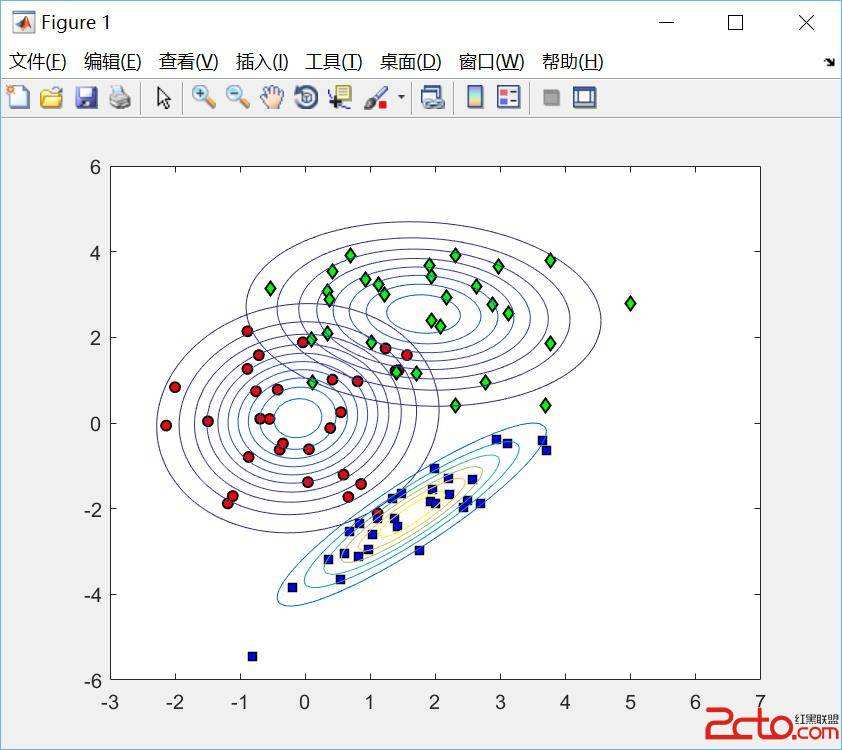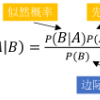We present a Python tool to generate a standard dataset from solar images that allows for user-defined selection criteria and a range of pre-processing steps. Our Python tool works with all image products from both the Solar and Heliospheric Observatory (SoHO) and Solar Dynamics Observatory (SDO) missions. We discuss a dataset produced from the SoHO mission's multi-spectral images which is free of missing or corrupt data as well as planetary transits in coronagraph images, and is temporally synced making it ready for input to a machine learning system. Machine-learning-ready images are a valuable resource for the community because they can be used, for example, for forecasting space weather parameters. We illustrate the use of this data with a 3-5 day-ahead forecast of the north-south component of the interplanetary magnetic field (IMF) observed at Lagrange point one (L1). For this use case, we apply a deep convolutional neural network (CNN) to a subset of the full SoHO dataset and compare with baseline results from a Gaussian Naive Bayes classifier.
翻译:我们提出了一个利用太阳和日光层观测站(SoHO)和太阳动力观测站(SDO)飞行任务中的所有图像,我们讨论了从SoHO飞行任务的多光谱图像中产生的数据集,该数据集没有丢失或损坏的数据,也没有在日志图像中出现行星传输,而且暂时同步,可以输入机器学习系统。机学成型图像是社区的宝贵资源,因为它们可以用于预报空间气象参数等。我们用在Lagrange一(L1)点观测到的行星间磁场(IMF)北南部分的3-5天前预报来说明这些数据的使用情况。对于这个使用案例,我们用一个深层的进化神经网络(CNN)来对完整的SoHO数据集进行分类,并与一个高山Naive Bayes分类仪的基线结果进行比较。





